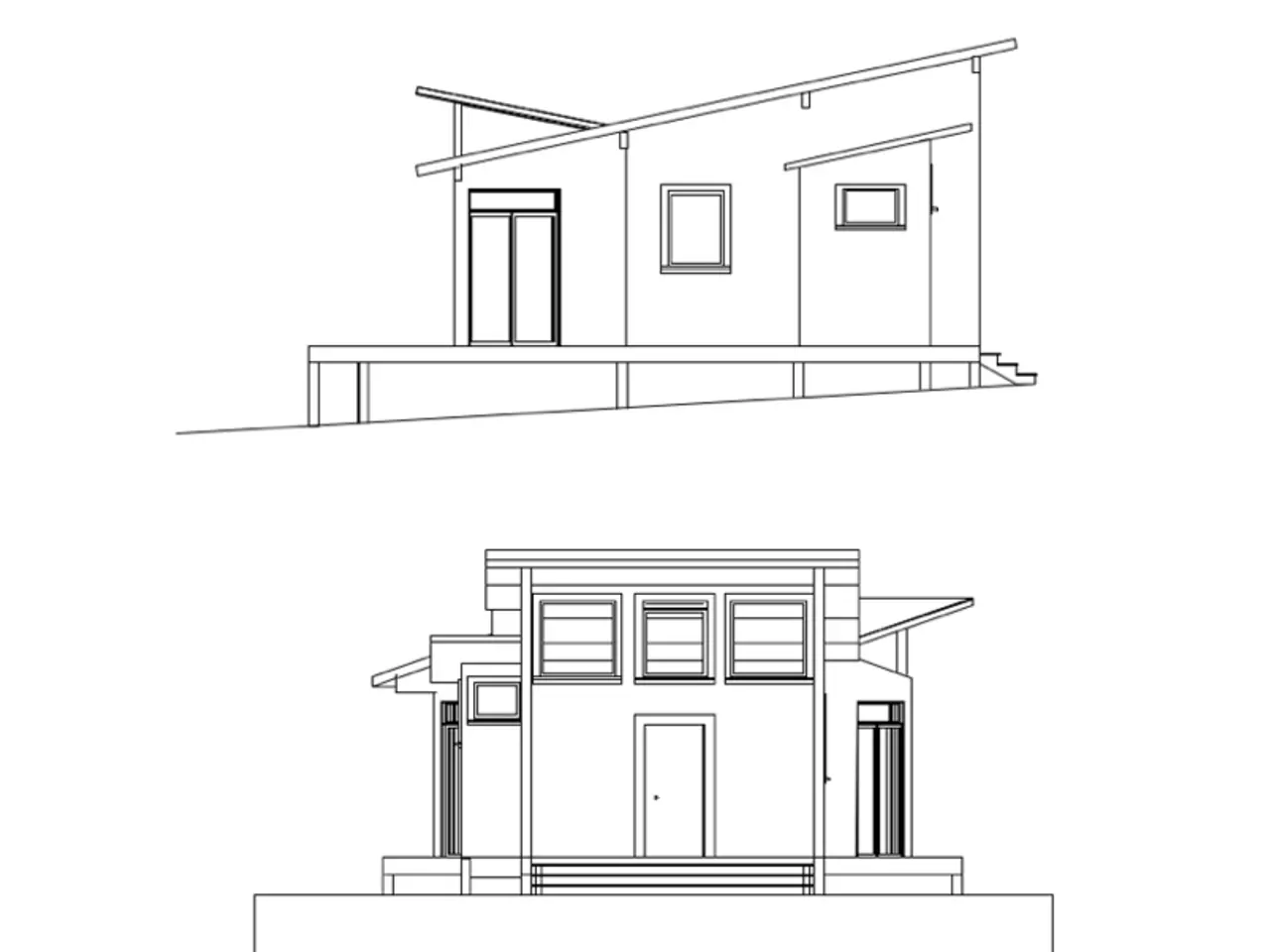Home Improvement Stalled: Exploring the Challenges of 2025 in Making Home Upgrades
Challenging Year Ahead for Home Renovations in England
In the current economic climate, home renovation projects require a greater degree of patience, careful budgeting, and a scaled-back approach. The year 2025 is shaping up to be one of the most challenging for home renovations in a decade, as a combination of factors contributes to increased complexity and cost.
According to recent data, the number of planning approvals for home improvements in England dropped to 151,177 in the 12 months to March 2025, a 27% decrease below the 10-year average. This drop is more pronounced in certain regions, such as the North East (29% decrease compared to five years ago), the Midlands, and the South West (over 23% decrease).
One of the key factors contributing to these challenges is the rise in input costs. The average price of construction materials has surged by more than 37% since the start of 2020, according to ONS data. Cement, bricks, plastic pipes, and metal fittings have increased by over 50%. Insulating materials and pre-cast concrete have seen price jumps exceeding 60%. These rising costs have put pressure on renovation budgets, making some projects financially unviable.
Another challenge is the high demand for contractors, especially during popular renovation seasons like spring and summer. This high demand leads to tighter schedules and higher prices. Wages for electricians increased by 14.4% in the year to April 2025, and scaffolders saw a 9.3% rise in wages in the same period.
Steven Mulholland, CEO of the Construction Plant-hire Association, states that construction costs have skyrocketed and this isn't a temporary issue.
Living in the home during renovation also causes work inefficiencies, risks to belongings, and a need for temporary storage or alternate housing. This added complexity and cost can be further compounded by risky design choices that may lower home value, making resale harder and indirectly increasing expenses if changes need to be reversed later.
In response to these challenges, some homeowners are scaling back from large extensions to smaller permitted developments, such as loft conversions without dormers or garden offices under 15 square meters. Others are breaking projects into phases, spreading costs and labor over multiple years.
Many homeowners are opting for cosmetic upgrades or energy-efficiency improvements that cost less and have shorter timelines. These measures help to reduce the financial burden and complexity of renovation projects in the current climate.
In conclusion, the challenges facing home renovations in 2025 are numerous and complex. From unexpected structural and environmental issues to rising input costs and a slowdown in planning permissions, homeowners are advised to approach renovation projects with a greater degree of caution and careful budgeting.
- Despite the challenging economic climate, home renovation projects in England require careful budgeting, patience, and a scaled-back approach for the year 2025.
- The drop in planning approvals for home improvements in England has been significant, with a 27% decrease below the 10-year average in the past year.
- The rise in input costs is one of the key factors contributing to these challenges, with construction materials increasing by over 37% since the start of 2020.
- To address these challenges, homeowners are scaling back from large extensions to smaller permitted developments, such as loft conversions and garden offices under 15 square meters.
- Many homeowners are also opting for cosmetic upgrades or energy-efficiency improvements that cost less and have shorter timelines.
- The high demand for contractors leads to tighter schedules and higher prices, especially during popular renovation seasons like spring and summer.
- A guide for home renovations in the current climate might include tips on reducing costs, managing schedules, and making smart design choices to avoid lowering home value.
- Home improvement enthusiasts can follow home-and-garden and home improvement magazines or websites to keep up-to-date on renovation trends, budgeting strategies, and energy-efficient design ideas.




